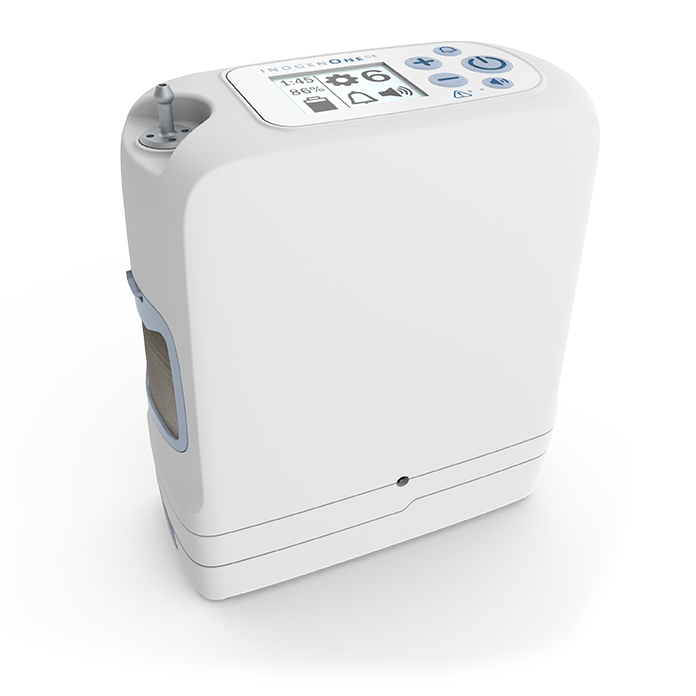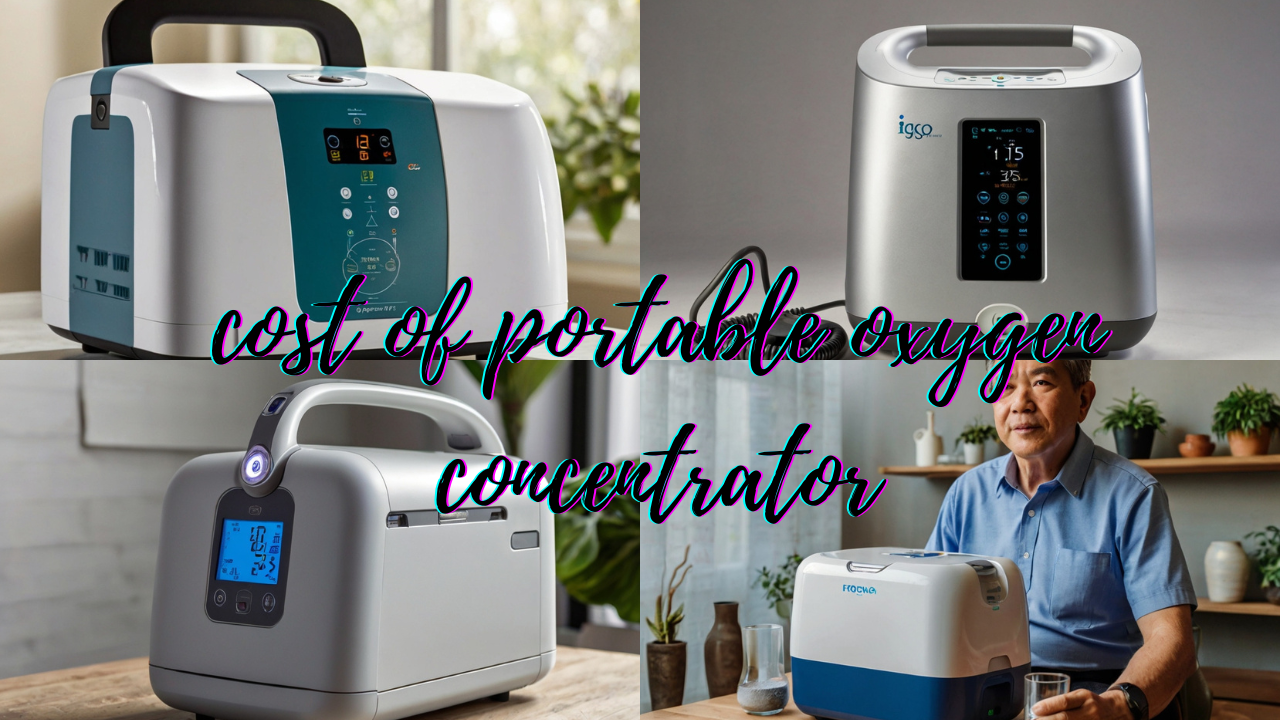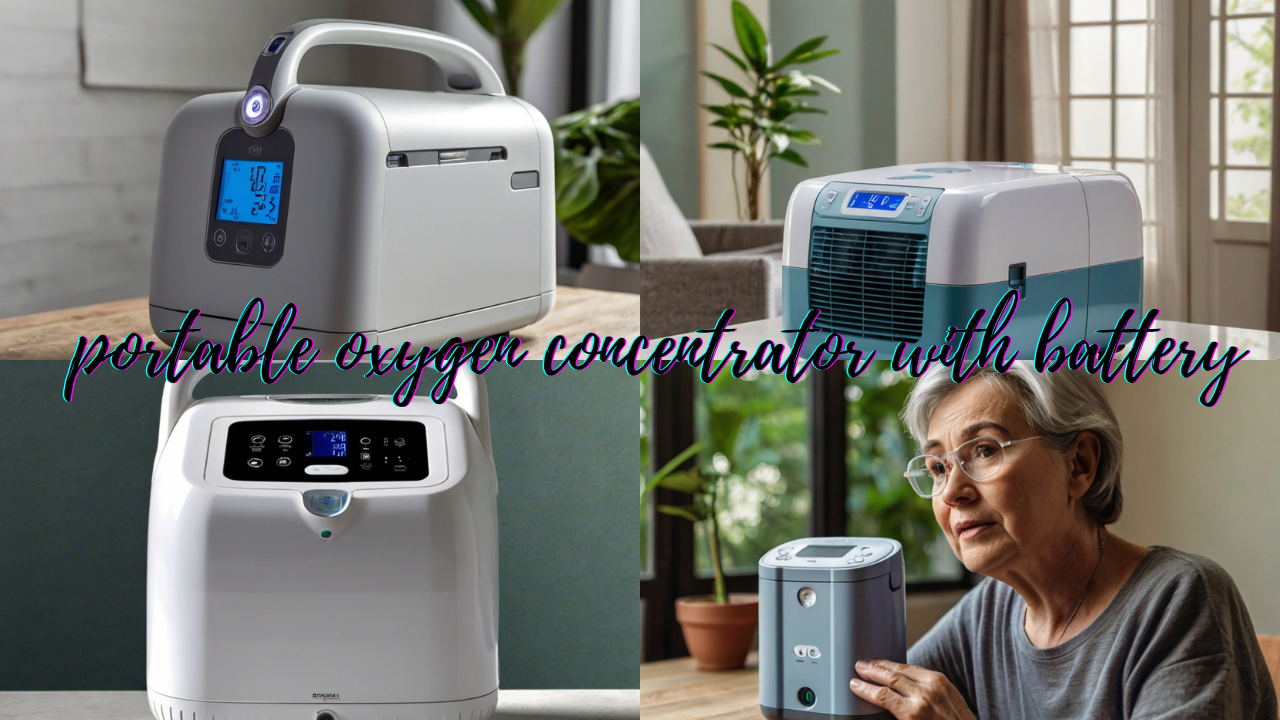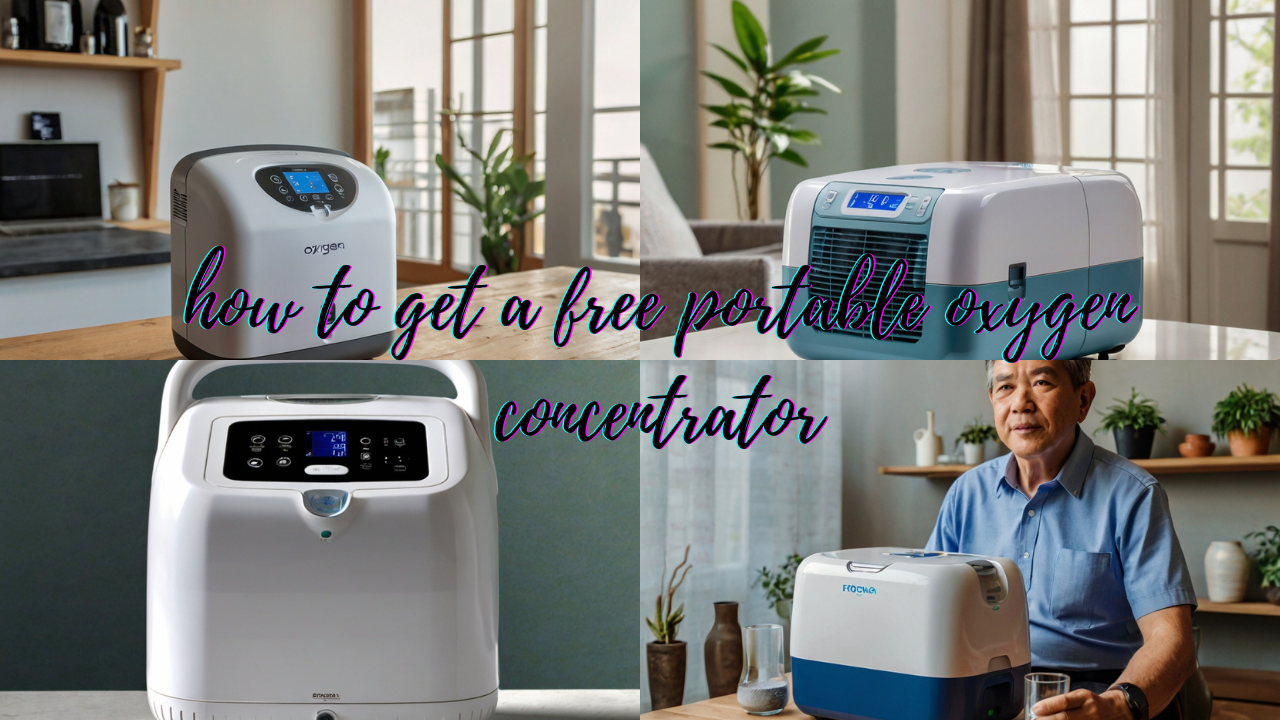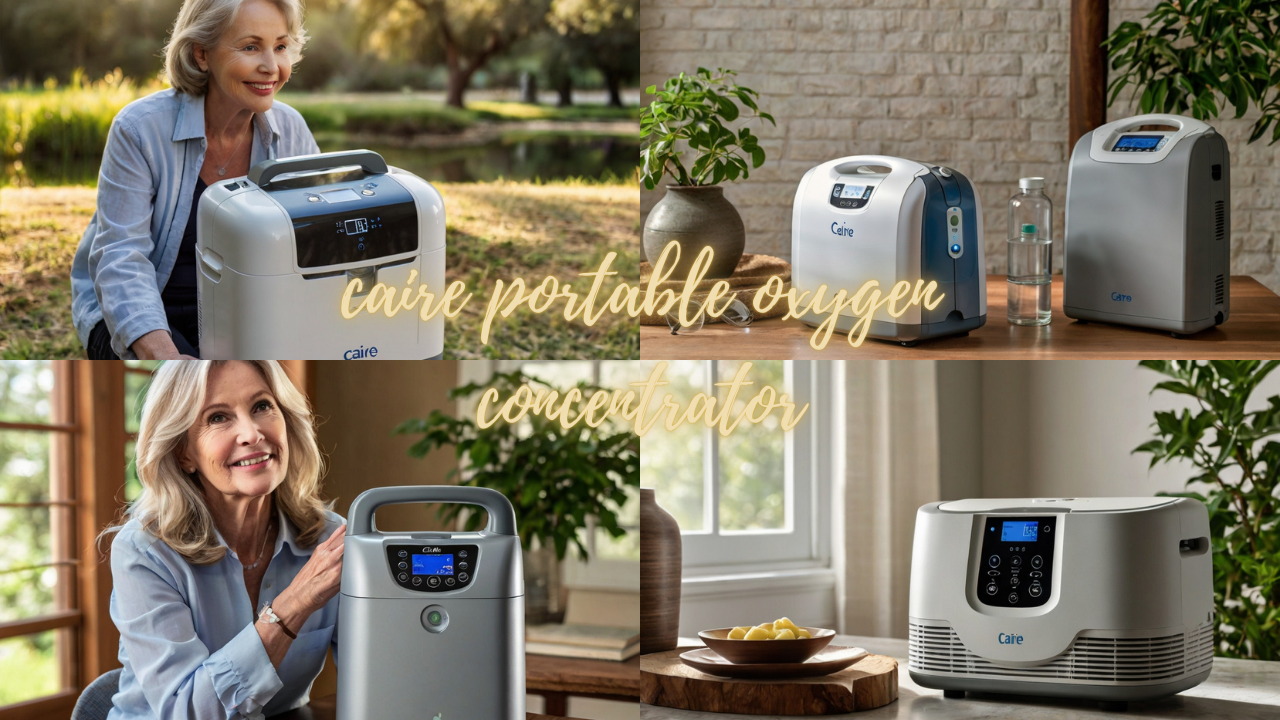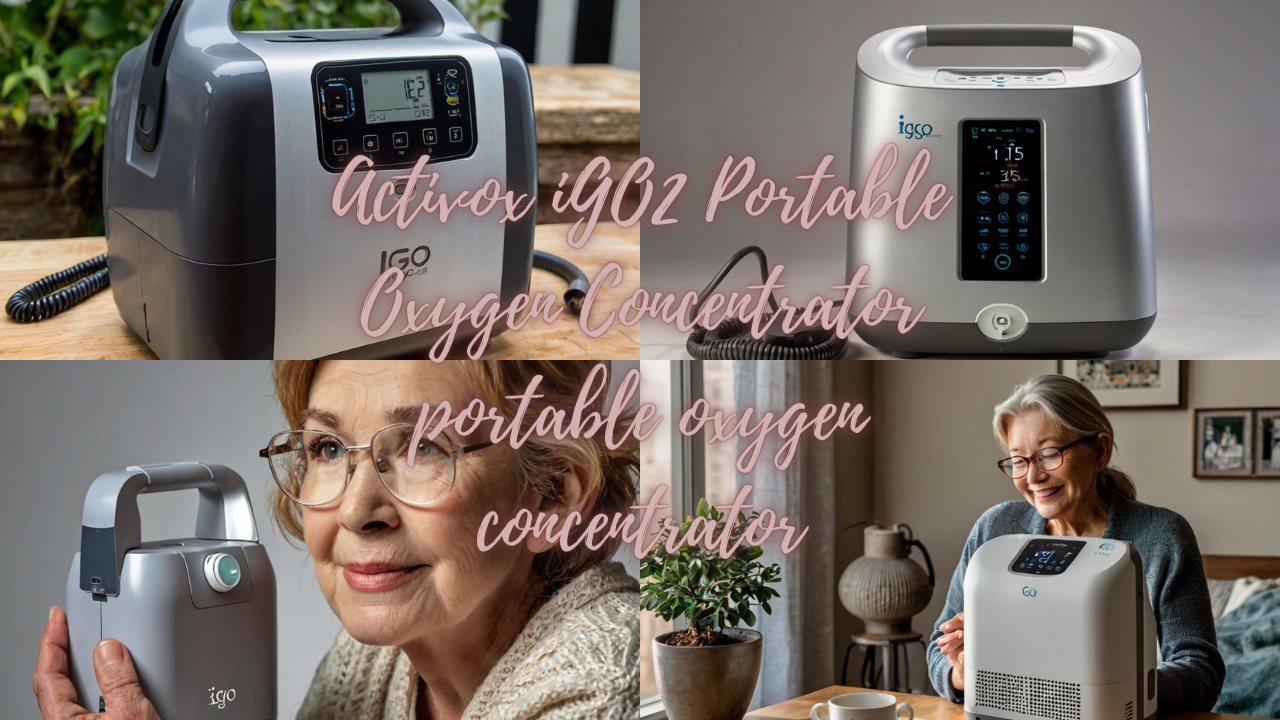Review of Air Concentrator Portable Inogen One Portable and Stationary Oxygen Concentrators: ✅ Price comparison ✅ Customer reviews ✅ Product information
Inogen One was founded in 2001 by three students who wanted to improve the quality of life of a beloved grandmother. When there’s a background as passionate as this, you know that no shortcuts are made. True to this assumption, Inogen 1 makes medical-grade oxygen concentrators for home (OC) and outdoor (POC).
All machines in the product lineup meet FAA Requirements.
It is one of the top POC and OC brands available for personal use.
Inogen One Portable Oxygen Concentrator Models
There are three models from Inogen One that are currently available on sale – G3, G4, and G5.
The G system lineup shares some characteristics:
- Extremely lightweight – the heaviest weighing at 4.8 lbs (2.19 kg)
- Very quiet – the loudest noise level is 40 dB and the quietest is 38 dB (on flow setting 2)
- Use a pulse dose delivery system, as opposed to a continuous flow delivery with home-use machines (DEDAKJ’s OCs for example)
- Operate with simple controls and a small LCD display screen
- The hard plastic casing is always in white and light blue
G3 Portable Oxygen Concentrator System


The Inogen G3 POC system is the mid-tier model in terms of output and battery life.
Has a five-pulse dose flow setting.
While it has a very distinguished form factor from the other two models, at 4.8 lbs (~2.17 kg) it weighs almost exactly as the G5.
Battery life a respectable at up to 4.7 hours on a single battery, and up to 10 hours on a double battery. Considering these are stated figures and actual figures tend to be lower – there are many aspects impacting a battery’s discharge rate – you have to think hard about the different use cases for the device before picking a model.
Read the Inogen One G3 in-depth review for more details.
G4 Portable Oxygen Concentrator System


The Inogen G4 POC system is the lightweight model – easiest to carry, but at a cost of output and battery life.
Has a three-pulse dose flow setting.
At a weight of 2.7 lbs (~1.22 kg), this is the lightest POC Inogen One makes. The two other models are at least 2 lbs (~0.9 kg) heavier.
Battery life a respectable at up to 2.7 hours on a single battery, and up to 5 hours on a double battery. If weight is a key consideration, I recommend buying a second battery to have close by or a double battery.
Read the Inogen One G4 in-depth review for more details.
G5 Portable Oxygen Concentrator System


The Inogen G5 POC system is the top-tier model in terms of output and battery life, without added noise level or battery life.
Has a six-pulse dose flow setting.
It weighs a mere 4.7 lbs (~2.13 kg), which is remarkable considering the improved performance compared to the other products in the category.
Battery life a respectable at up to 6.5 hours on a single battery, and up to 13 hours on a double battery. The battery life of this model is probably the biggest differentiator from other models in the lineup. Even with the single battery, there’s a decent degree of freedom to have an active schedule outside.
G6 Portable Oxygen Concentrator System
There’s no confirmed G6 at the moment. Considering the increments between models, it is expected to have more flow settings, be quieter, and have a longer battery run time.
Inogen One Stationary Oxygen Concentrator Model
There’s only one model Inogen One is making for home use, and it makes sense. The home-use oxygen machines niche is crowded with decent competitors offering affordable prices. While the compact niche, where performance is and weight is technologically challenging, is left for companies with the cash flow they can invest in R&D.
At Home Stationary Oxygen Concentrator


While not remarkable in performance and output, it is one of the lightest and quietest home-use O2 concentrators in the market. Weight might not be a decision-making factor for most users, but the noise level is.
It provides a continuous airflow of 1 l/min to 5 l/min. This is where the model lags behind other manufacturers whose base models reach 6 l/min. At the lowest airflow, it reaches an oxygen concentration of 96%. This is an outstanding purity level that can’t be found with budget machines.
At the top of the machine, there are the controls and the nozzle fitting. On competing machines, the two are separated, and I think having them grouped together is friendlier to the user.
There’s no LED/LCD touchscreen, but the controls are simple – on/off button and flow controls (1-5). Three is an audible indicator for any change in operation or to draw attention to a condition that needs a response.
Inogen’s At Home weighs 18 lbs (~8.1 kg). This makes it one of the lightest models available for home use. It can be easily carried around using the handle.
Inogen One Oxygen Concentrator Accessories
There are no Inogen One branded accessories, but on the site and in user manuals they recommend Salter Labs products – humidifier connector tube, humidifier bottle, and nasal cannula.
Inogen One Replacement and Spare Parts
- Inogen At Home Particle Filter (RP-400)
- Inogen At Home Output Filter Replacement Kit (RP-107)
- Inogen At Home Air Inlet Filter (RP-401)
- Inogen At Home Column Pair (RP-402)
- AC Power Cord (RP-109)


